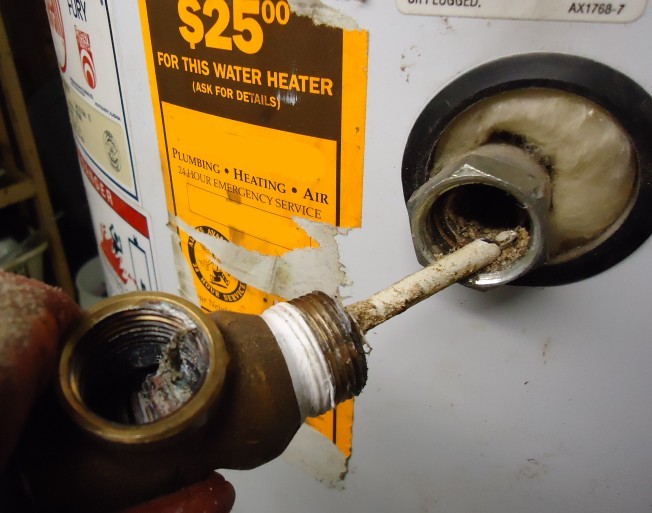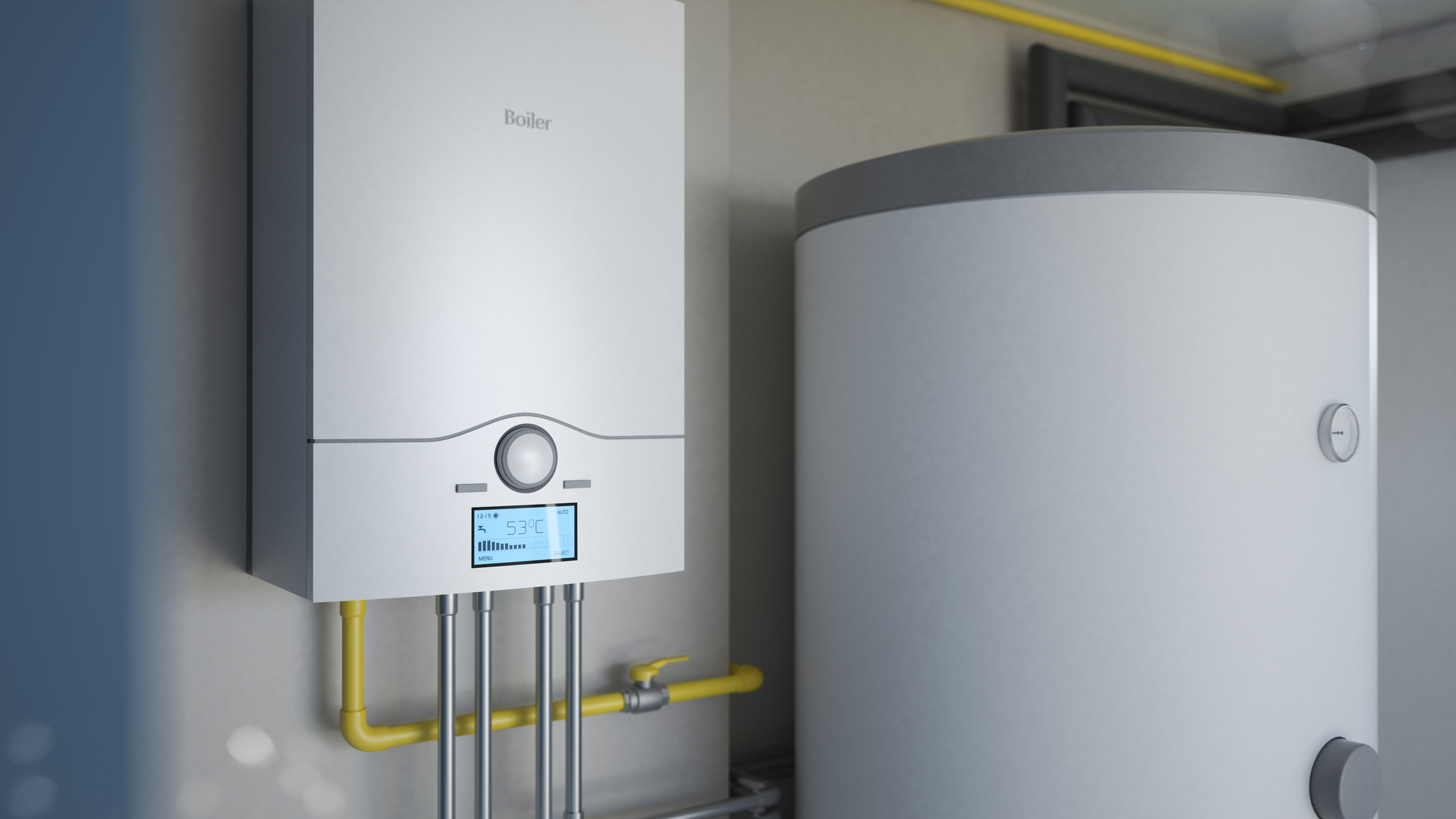This article directly below pertaining to How to Maintain Your Water Heater & Prolong its Life is really enlightening. Don't bypass it.

Hot water is necessary for day-to-day comfort, whether it's for a revitalizing shower or washing dishes. To ensure your hot water system runs effectively and lasts much longer, regular maintenance is essential. This post provides sensible suggestions and understandings on just how to keep your home's warm water system to avoid disruptions and expensive repairs.
Introduction
Maintaining your home's hot water system may seem overwhelming, yet with a few simple actions, you can guarantee it operates smoothly for many years ahead. This overview covers whatever from recognizing your warm water system to do it yourself upkeep ideas and understanding when to call expert assistance.
Significance of Preserving Your Hot Water System
Regular maintenance not just expands the lifespan of your hot water system but also guarantees it runs successfully. Disregarding upkeep can bring about lowered performance, greater energy bills, and also early failing of the system.
Indicators Your Warm Water System Requirements Maintenance
Knowing when your warm water system requires attention can prevent significant issues. Keep an eye out for indicators such as inconsistent water temperature, strange sounds from the heating unit, or rusty water.
Flushing the Water Heater
Purging your water heater removes debris accumulation, improving performance and prolonging its life.
Monitoring and Changing Anode Rods
Anode rods prevent deterioration inside the storage tank. Inspecting and changing them when worn is vital.
Complicated Concerns Needing Professional Aid
Examples include major leaks, electric issues, or if your hot water heater is consistently underperforming.
Routine Specialist Upkeep Perks
Expert maintenance can consist of complete assessments, tune-ups, and ensuring compliance with security criteria.
Examining and Adjusting Temperature Settings
Readjusting the temperature setups makes sure optimal efficiency and safety.
Do It Yourself Tips for Maintenance
You can do numerous maintenance jobs yourself to maintain your hot water system in top problem.
Checking for Leakages
Regularly check pipes and connections for leakages, as these can lead to water damages and greater bills.
Recognizing Your Hot Water System
Before diving right into upkeep tasks, it's handy to understand the fundamental parts of your hot water system. Normally, this consists of the water heater itself, pipelines, anode poles, and temperature controls.
Regular Monthly Upkeep Tasks
Regular regular monthly checks can assist capture minor problems prior to they rise.
Examining Pressure Relief Valves
Examining the stress relief valve ensures it works correctly and protects against too much stress accumulation.
Insulating Pipelines
Protecting hot water pipelines lowers warmth loss and can save energy.
When to Call an Expert
While do it yourself upkeep is valuable, some concerns require professional competence.
Verdict
Normal upkeep of your home's hot water system is important for efficiency, longevity, and expense savings. By complying with these ideas and recognizing when to look for expert assistance, you can make sure a trusted supply of hot water without unexpected disruptions.
Water Heater Maintenance Tips
Test the TPR Valve
Shut off the power and the cold-water supply valve. Place a bucket under the pipe connected to the temperature-pressure-release (TPR) valve on the top or side of the tank. (This valve opens if the tank pressure gets too high.) Lift the valve’s tab to let some water out, then let go. If water keeps flowing, drain the tank partway, unscrew the old valve with a pipe wrench, and install a new one. Check the Anode Rod
Put a hose to the tank’s drain cock and let out a few gallons of water. Now fit a 1 1/16-inch socket onto the rod’s hex head on top of the heater (or under its top plate) and unscrew the rod. If it’s less than ½ inch thick or coated with calcium, buy a new one, wrap its threads with Teflon tape, put it back in the tank, and tighten securely. Use this segmented rod if headroom above the tank is limited. Drain the Tank and Wash Out Sediment
Drain the remaining water in the tank into the bucket, then stir up the sediment on the tank’s bottom by briefly opening the cold-water supply valve. Drain and repeat until clean water comes out of the hose. Close the drain cock, refill the tank, and turn its power back on. Adjust the Temperature
Find the temperature dial on the side of the tank and unscrew its cover. Adjust the dial to 120 degrees using a flathead screwdriver. For every 10 degrees the temperature is lowered, you can expect to save up to 5 percent in energy costs. Turn the water heater off or the thermostat down to its lowest setting if you plan to be away from home for more than three days. Insulate the Pipes
Buy some self-sticking 3/8-inch-thick foam pipe insulation that matches the pipes’ diameter. Slide the foam over the hot-and cold-water pipes as far as you can reach. Insulating the cold-water pipe prevents condensation in summer. Peel the tape and squeeze the insulation closed. If the pipe is 6 inches or less from the flue, cover it with 1-inch-thick unfaced fiberglass pipe wrap. https://www.thisoldhouse.com/plumbing/21016402/how-to-maintain-a-water-heater

I ran across that piece on How to Maintain Your Water Heater & Prolong its Life while browsing on the search engines. For those who appreciated our blog post please be sure to share it. Kudos for being here. Please check our blog back soon.
Try Here